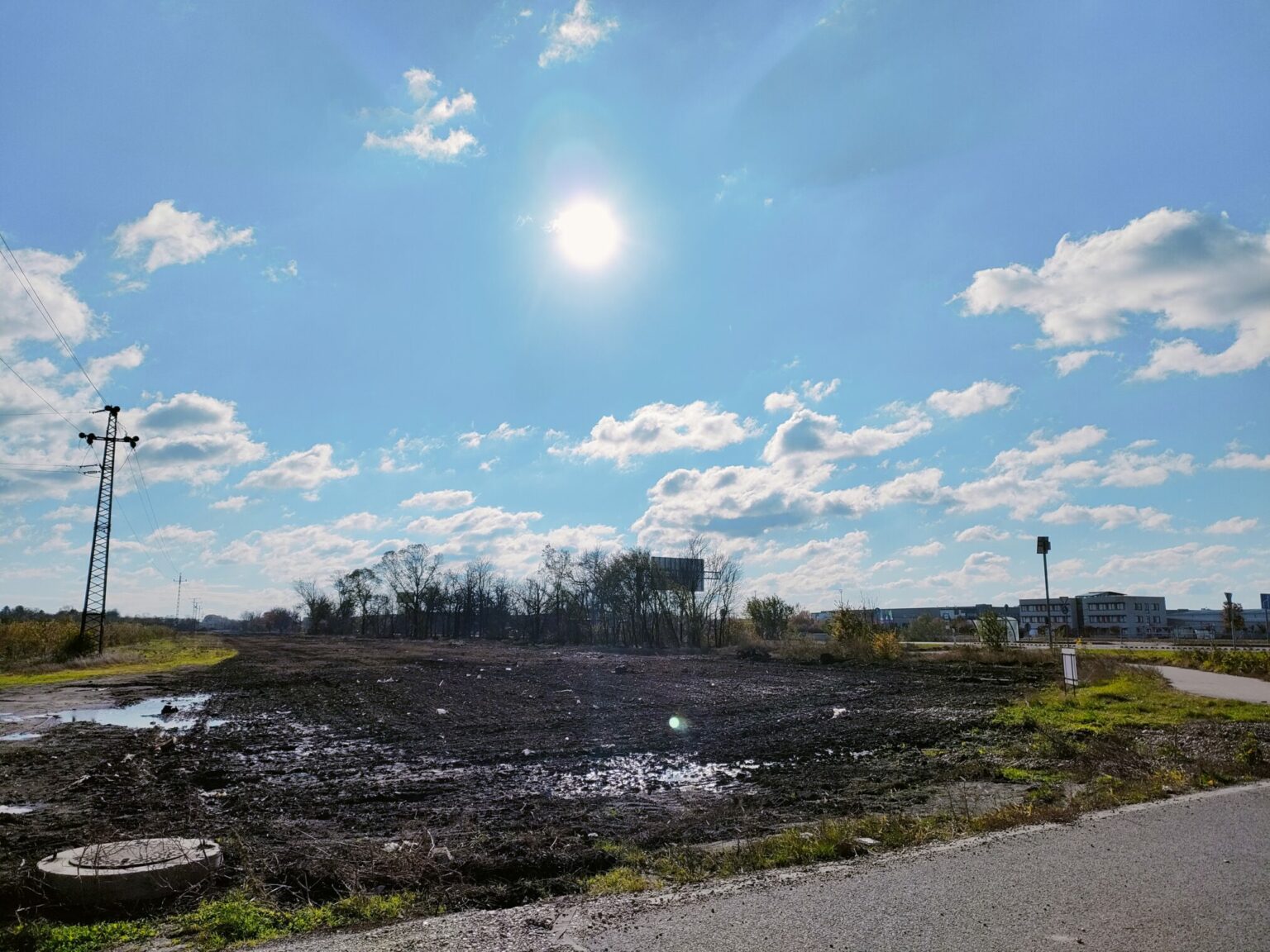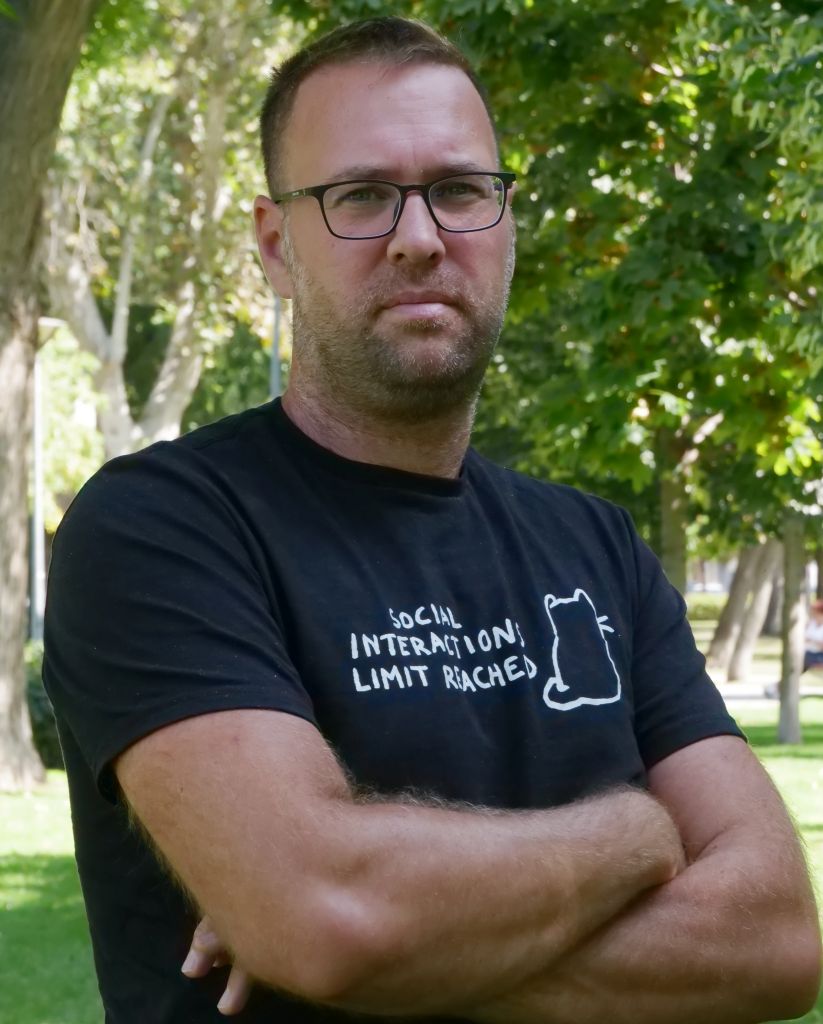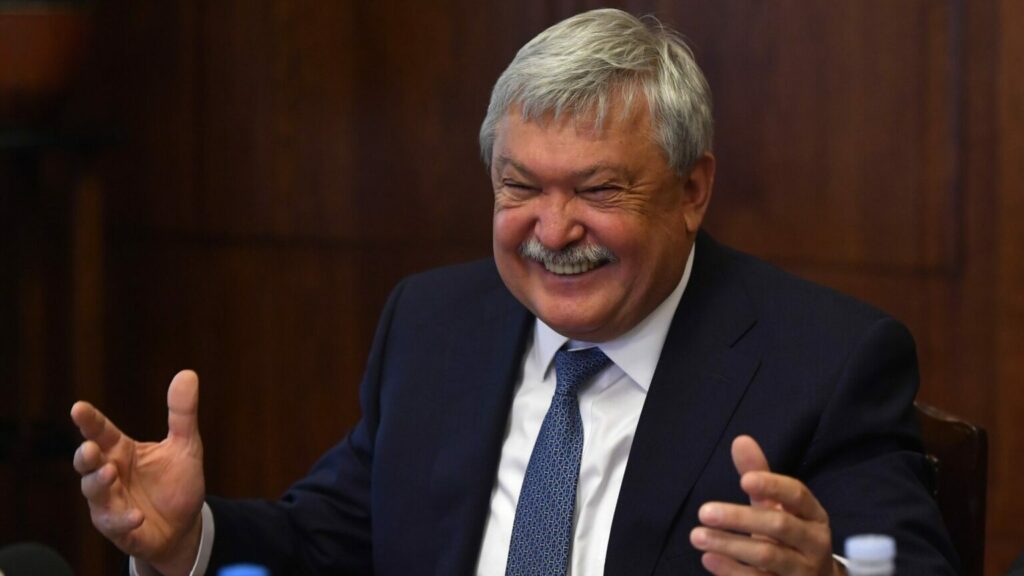The https://english.atlatszo.hu use cookies to track and profile customers such as action tags and pixel tracking on our website to assist our marketing. On our website we use technical, analytical, marketing and preference cookies. These are necessary for our site to work properly and to give us inforamation about how our site is used. See Cookies Policy
Szeged paid twenty times more for Sándor Csányi’s land than they did to the farmers
The municipality of Szeged has paid 22.8 million euros – HUF8.6 billion – for several properties of Pick Szeged Szalámigyár Zrt., a company owned by Sándor Csányi. The city has been buying plots of land in connection to the arrival of Chinese electric vehicle manufacturer BYD in Szeged. The average offer per hectare has been HUF 3.8 to HUF 4 million, according to press reports – the municipality’s public database has conveniently forgotten to record any of the information, and the prices were only disclosed in response to specific questions.
A public interest request has revealed that the Szeged municipality is paying twenty times more per hectare for Sándor Csányi’s land than it is willing to give to farmers in expropriation. Sándor Csányi is a Hungarian billionaire businessman and banker. He is the chairman and chief executive officer of OTP Bank Group, one of the largest financial groups in the CEE Region and the largest bank in Hungary. Sándor Csányi recently transferred the shares of Bonitás 2002 Zrt., which owns Pick Szeged, to the Unity Trust Foundation, which was established to benefit Csányi’s family.

“It is still unclear to the public exactly what kind of – presumably Chinese – industrial mega-investment the Szeged city government is preparing the ground for with the 300 hectares of new industrial land between the M43 motorway and the Liliom residential garden, in partnership with the Orbán government,” wrote a post on a Facebook page. “However, during one of our investigations into this issue, further interesting data emerged.”
The post’s author filed an FOIA and followed up the unanswered request with a lawsuit. Opposition deputy mayor Sándor Nagy (Momentum) cited confidentiality agreements in his refusal to appear before the court, but when the court asked for proof of a confidentiality obligation, there was none given.
In October, it was revealed that China’s BYD could be coming to the city to produce electric buses, according to mfor.hu, and g7.hu has already reported land expropriation in Szeged. The government declared the Szeged project a priority investment in the national economy, and they allocated HUF 21 billion to an industrial park’s development. Delmagyar.hu wrote that nearly 300 separate parcels of land are listed as investment target areas.
The factory has come to dominate public discourse in Szeged – but there were no significant information about BYD on the municipal website szeged.hu. However, they have reported that, based on a post made by László Botka, a former prime ministerial opposition candidate, no battery factory or other chemical plant is being built near the city. László Botka, elected mayor as a joint candidate of the opposition coalition, did not provide details.
Csányi versus the farmers
The farmers, meanwhile, feel short-changed by the offers from the municipality, who plan to buy land to expand the industrial park, reported 24.hu.
The HUF 4 million per hectare offer is less than a third – a fourth – of the price paid in a similar situation in Győrszentiván, for land that isn’t too different in quality.

Photo: Freshly worked field on the outskirts of Szeged, where the factory could be built. Photo by Csaba Segesvári.
In response to the news of the expropriations, we submitted a FOIA to the municipality. They responded with a link and a list, but there were no significant land acquisitions listed. In other words, the municipality did not provide an accurate response.
Bought for HUF 32 million per hectare five years ago, sold for HUF 88.7 million
In response to our request for public data, we received parcel numbers and a sum, which was then uploaded to the website. According to the title deeds, the city of Szeged bought a total of 97 hectares of investment land with private roads from Pick Szeged Zrt. this autumn.
The price came out to €22 830 352, worth about HUF 8.6 billion. This means HUF 88.7 million per hectare, which is more than twenty times the amount offered to the farmers. How much the municipality paid for the land of the others is not known, as they did not respond to our data request, and we only got figures for Pick Szeged Zrt.
In response, we lodged a complaint with the data protection authority.

Photo: On a per-hectare basis, the price is several times the amounts paid to farmers for similar lands.
The land sold by Sándor Csányi’s group to the Szeged municipality was initially bought in 2018 by Infelo Logistics and Real Estate Development Ltd., a one-man company owned by Csányi, and then sold to Immopick Ltd., which merged into Pick Szeged Zrt.
According to a report from the Hungarian National Asset Management Company, available on parlament.hu today, the 100 hectares were bought by Infelo Logistics and Real Estate Development Ltd. for HUF 32 million per hectare, for a total of HUF 3.2 billion.
We wrote to the Szeged municipality again, asking how the prices were determined, whether the farmers were really paid HUF 3.8-4 million per hectare, and the reason for paying much more for Pick’s land. We have also written to the Bonafarm Group, which owns Pick Szeged Zrt., to ask whether it is true that the municipality paid them a price of HUF 88.7 million per hectare, and how and when the purchase price was agreed.
The Bonafarm Group replied: “Normally, we do not disclose information about our contracts as they are considered trade secrets, but we are making an exception in this case. We confirm the purchase price for what is a partially developed industrial site”.
The municipality wrote:
“The price of industrial land is not comparable to agricultural land.”
“The value of the Pick site in question was determined by one of the largest Hungarian real estate firms with international experience,” they continued. “The value of this area is increased by its location (right next to the motorway interchange), the fact that it has been taken out of cultivation. A significant part of the area has already been cleared of munitions and archaeological work has been carried out, so that it can be immediately used as industrial land.”
In the city’s current regulatory mapping, the areas are marked “Gipe,” which indicates that they are other industrial areas.
The municipality wrote about the farmers’ lands: “The value of agricultural land is determined by the value appointed by the Csongrád-Csanád County Government Office based on relevant law. The municipality has no discretion or influence in this matter.That the municipality of Szeged owns the land does not make it suitable for industrial investment, as billions of forints have to be invested. Thus, the value of the agricultural land naturally does not include the cost of the decommissioning, or the billions of forints of work needed to make the land suitable for industrial use – the removal of munitions, archaeological excavations in several areas, replacement of power lines, etc. – without which the land cannot be used as an industrial park.”
According to the Agricultural Parcel Identification System, the land is primarily ploughland
According to Google Earth satellite imagery, the newly purchased Csányi land was also used as a plough in 2018 – the satellite images show traces of machinery and changes in the sowing, along with the construction of a substation.
According to mepar.hu (Agricultural Parcel Identification System), parcel number 01379/12 is labelled as eligible land. Most of the area 01387/1 is also eligible, while 3,1 hectares are ineligible. Land parcel 01385/9 is also eligible for the Agricultural Parcel Identification System.
Eligible – meaning eligible for EU-funded support. Lands under this category are:
- arable land,
- fruit plantations,
- vineyards,
- meadows, pastures,
- areas cultivated as kitchen gardens.

Photo: Extract from the Agricultural Parcel Identification System (MePAR). This appears to be quite agricultural land.
This raises new questions: if, in 2018, the state sold these areas for HUF 30 million per hectare, why does the Szeged municipality now think that the nearby land can be bought for HUF 4 million?
Translated by Vanda Mayer. The original, Hungarian version of this story was written by Csaba Segesvári and can be found here.


